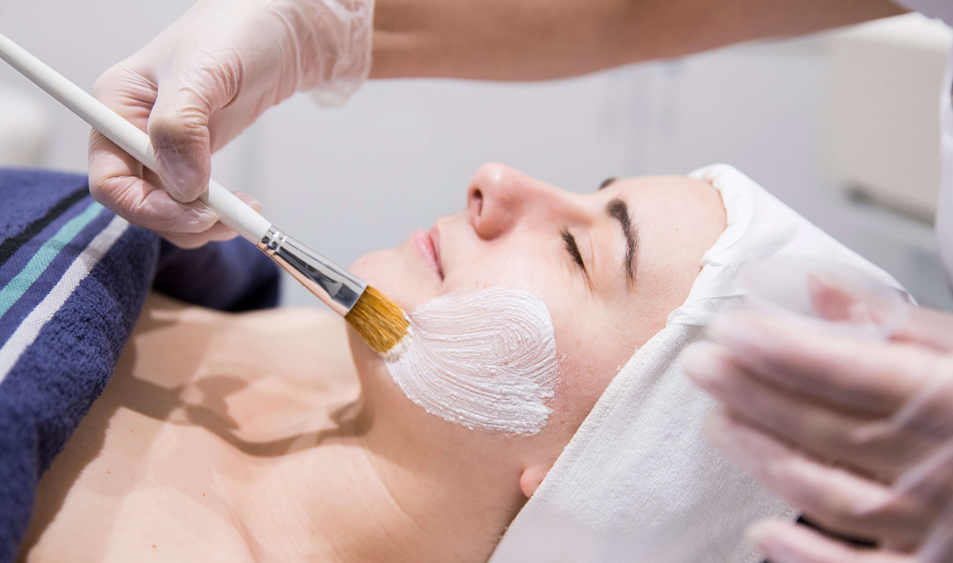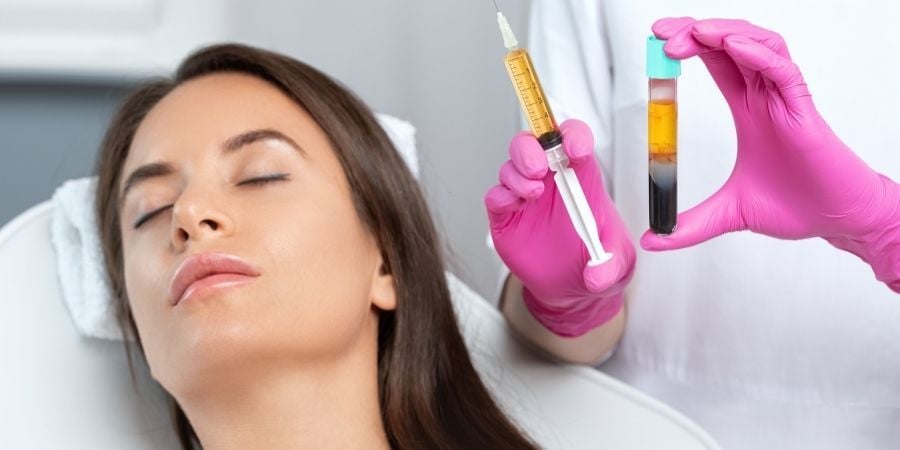Posted By:
The Hampton Clinic
Share:

Although face masks are associated with the occasional pamper time or when relaxing in the bath, they are essential products and should be incorporated into your skincare regime more frequently. If gentle enough, your face mask could even be used for 10-minute every evening to hydrate and soothe the skin.
They can help address several skin concerns from oily skin to dry or sensitive complexion - all you need is to find the right mask for your skin type with the help of a skin specialist.
These products are fairly simple to use, but there are a few common mistakes you could be making that could interfere with you getting the most out of your face mask. Read on to find out how to use it properly and avoid losing the benefits.
One of the most important tips is to always start with a freshly cleansed face. Never forget to use your daily cleanser twice to remove all of the surface dirt, oils and makeup before you apply your mask, otherwise instead of receiving all the benefits, you could be layering the face mask on top of dirt, oil and bacteria.
This is just as important as having your face cleansed before applying your mask. Don’t smooth a face mask on with your fingers or touch the product unless you’ve washed your hands thoroughly first. You can also use a brush to apply the product (try a flat foundation brush), but don’t forget the brush also needs to be sanitised before every use.
A thicker layer of mask won’t be more effective or beneficial, not to mention that it can get expensive. One even layer is enough for the mask to work well.
Although there are some masks that should be left on overnight - such as Image Skincare VITAL C Hydrating Overnight Masque - it doesn’t mean that all masks should be left indefinitely. Always follow the instructions on the packaging or what your skin specialist recommended.
If different areas of your face have different skin concerns, try multi-masking (or mask mapping). Consider what skin concerns you have, then pick your face masks accordingly.
%20(1).jpg)
Sep 12, 2025 5:15:00 PM
-1.jpg)
Sep 4, 2025 3:15:00 PM

Aug 27, 2025 12:30:00 PM

Aug 20, 2025 1:30:00 PM

Copyright @ 2025 The Hampton Clinic